PANASONIC ANNOUNCES MUCH-ANTICIPATED ADDITION TO ITS LX-SERIES OF LUMIX DIGITAL CAMERAS
New LUMIX DMC-LX3 Combines Enhanced CCD Technology, LEICA Lens, and a Wide-Range of Manual Shooting Controls For Increased Creativity
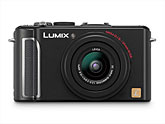
SECAUCUS, N.J. (July 21, 2008) – Panasonic today introduced the LUMIX DMC-LX3 digital camera, the successor to the highly-regarded and popular DMC-LX2. Designed for easy, creative shooting, and high-performance in low-light conditions, the DMC-LX3 features a F2.0 24mm LEICA DC VARIO-SUMMICRON lens, 10.1 megapixels and an ultra-sensitive 1/1.63-inch CCD developed specifically for this model. By combining a high-quality lens and sensor ready for a variety of shooting conditions with a wide-range of accessories and manual controls, the DMC-LX3 is ideal for professional photographers and serious amateurs looking for a compact digital camera that furthers their creative photography.
At the heart of the DMC-LX3, is its 1/1.63-inch CCD. Making the intentional choice to limit the number of megapixels to 10.1 on its CCD, Panasonic was able to give more space for each pixel and also redesigned the peripheral circuits and other components to further minimize noise generation. As a result, sensitivity is almost 40 percent higher and saturation is increased by 35 percent, when compared to Panasonic’s 10 MP digital cameras*, giving the DMC-LX3 outstanding image quality and a wide dynamic range, and meeting the demand for a camera that works optimally in low-light environments. The CCD is also capable of reproducing images in three aspect ratios – 4:3, 3:2 or 16:9. The new Multi Aspect mode allows the camera to take an image in all three aspect ratios simultaneously, allowing users to choose the version that best suits their needs.
“With the strong response towards the DMC-LX2, Panasonic has taken its technology a step further by upgrading several key components that we think will make the LX3 another win,” said David Briganti, National Marketing Manager, Imaging, Panasonic Consumer Electronics Company. “With the enhanced CCD and extensive manual and automatic functions, the DMC-LX3 is ideal for photographers looking for a full-featured compact digital camera with some DSLR-like characteristics and a wide-range of optional accessories.”
Another major upgrade to the LX3 is the F2.0 24mm ultra wide-angle LEICA DC VARIO-SUMMICRON lens. The F2.0 is about twice as bright as a F2.8 lens and can shoot at higher shutter speeds to capture clear, blur-free images in dimly lit environments. In addition, the 24mm lens captures approximately a 213% larger viewing angle than a normal 35mm camera and 136% larger compared to a 28mm wide-angle lens. The lens unit consists of eight elements in six groups with four aspherical lenses with four aspherical surfaces. As a result of the F2.0 lens, the LX3 produces high resolution and minimal distortion and artifacts – such as chromatic aberrations, ghosting and flaring.
The LX3 also incorporates the Venus Engine IV, which provides more advanced signal processing technology for producing higher-quality images with reduced noise in both luminance signal and chromatic signal processing – as compared to the Venus Engine III.
The Venus Engine IV supports high sensitivity recording enabling the DMC-LX3 to record at up to ISO 3200 at full resolution and even up to ISO 6400 when using high sensitivity mode, enough to capture subjects in low lighting without using a flash**. The Venus Engine IV also supports a faster response time, allowing the camera to shoot 2.5 shots per second at full resolution and six shots per second in High-Speed Burst mode.
The easy-to-use joystick operation which was featured in its predecessor continues with the LX3, as its intuitive design makes selecting different settings on the camera, including focus, aperture and shutter speed – easy and quick. Other convenient design elements include a switch on the side of the lens barrel that allows the user to quickly change the focus modes between Manual Focus, Auto Focus and Macro Auto Focus. When choosing Manual Focus, the focus distance and the depth of field according to the zoom range and aperture is also displayed. For setting white balance, the LX3 provides a new color temperature display function, and still includes the Two-Axis white balance adjustment settings offered in previous models. Users can also customize and store their own personal settings of up to four unique functions and instantly recall them later using the mode dial.
Furthering its creative options, the LX3 also features a Film mode with six color types and three types of monochrome selections. Much like selecting from different film types, this function gives the user the flexibility and creative freedom to take more expressive digital photos. Also, when using the Multi-film mode, the LX3 produces a maximum of three images from a RAW file for the user to compare the different textures. Another new feature is the multiple-exposure feature, which lets the user create artistic photos by overlaying up to three consecutive images; while still viewing the last image on the 3.0-inch LCD screen. The LCD on the LX3 is new and improved with a 460,000-dot high resolution.
While the LX3 allows full manual control for more advanced photography, it also includes Panasonic’s Intelligent Auto mode (iA), including the new feature, AF (auto focus) Tracking. AF Tracking automatically tracks the image subject and locks it into focus, making it easier for anyone to capture sharp, well-focused photos. The AF Tracking technology also improves face detection accuracy, allowing for crisp, sharp-focused shots even if the subject moves or turns their face. Other iA technologies include Intelligent Exposure, Digital Red-eye Correction, MEGA O.I.S, Intelligent ISO, Intelligent Scene Selector, Face Detection (up to 15 faces) and Quick AF.
The DMC-LX3 has the ability to record High Definition (HD) video in 1280 x 720p at 24fps. With the newly added HD component output capability, still and moving pictures can be viewed by connecting the camera to a TV via an optional component cable (DMW-HDC2). In addition, the LX3 features Image Leveling, so when a captured image “leans” to the right or left because the camera was held at a slight angle when the photo was taken, this feature rotates the image to straighten it and crops the unnecessary edges.
A number of accessories are also available to further expand the flexibility of the LX3 as more than just a typical point-and-shoot camera. The optional Wide Conversion Lens (DMW-LW46) brings the maximum wide angle to 18mm. Other optional accessories include: ND Filter (DMW-LND46)***, the new PL Filter (DMW-LPL46), the high-end aluminum External Optical Viewfinder (DMW-VF1); the GN22 Compact Flash mounts to the LX3’s hot shoe – a new feature for the LX-Series.
The Panasonic LUMIX DMC-LX3 will be available in silver and black in August 2008 for a manufacturer’s suggested retail price of $499.95.
Related Content:
Panasonic Lumix DMC-LX2 pro review
Panasonic digital camera user reviews
Digital Cameras forum
All Panasonic digital camera news
Panasonic Web site
*Compared with Panasonic LUMIX DMC-FX35 with 1/2.33” CCD.
** In 3-megapixel (4:3), 2.5-megapixel (3:2), 2-megapixel (16:9( recording.
*** Requires a lens adapter DMW-LA4.
About Panasonic Consumer Electronics Company
Based in Secaucus, N.J., Panasonic Consumer Electronics Company is a Division of Panasonic Corporation of North America, the principal North American subsidiary of Matsushita Electric Industrial Co. Ltd. (NYSE: MC) and the hub of Panasonic’s U.S. marketing, sales, service and R&D operations. In its commitment to provide consumers with extensive imaging resources, Panasonic LUMIX established the Digital Photo Academy, a series of nationwide workshops designed to instruct consumers how to optimize the features on their digital cameras and produce high-quality photos. Panasonic is honored to support OUR PLACE – The World’s Heritage, a project that will create the world’s largest photographic collection of UNESCO World Heritage sites, with acclaimed photographers exclusively using LUMIX digital cameras to capture all images. Information about Panasonic LUMIX digital still cameras and its affiliated programs is available at www.panasonic.com/dsc.
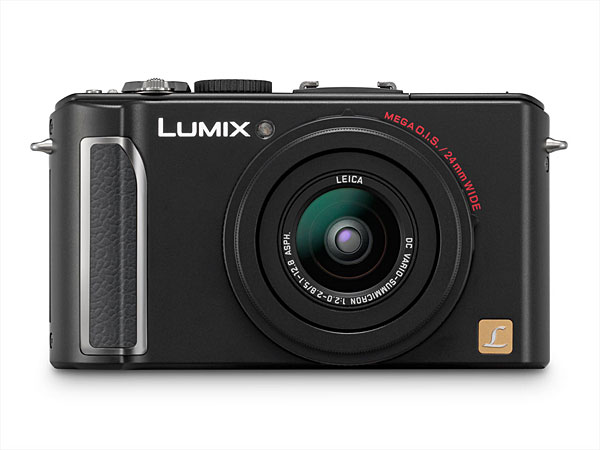
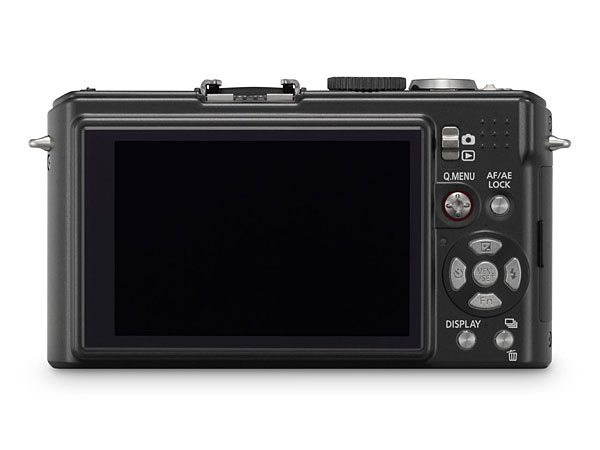
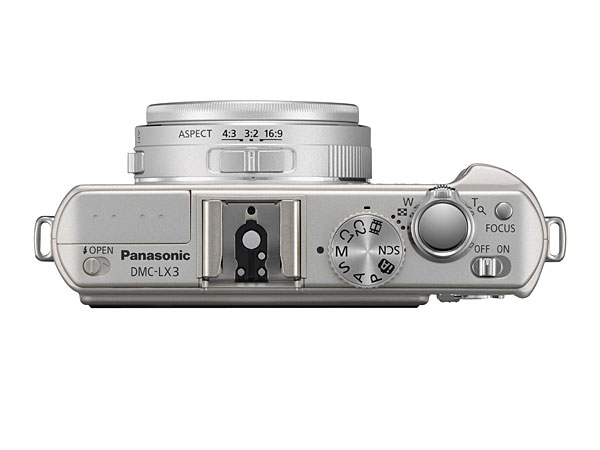
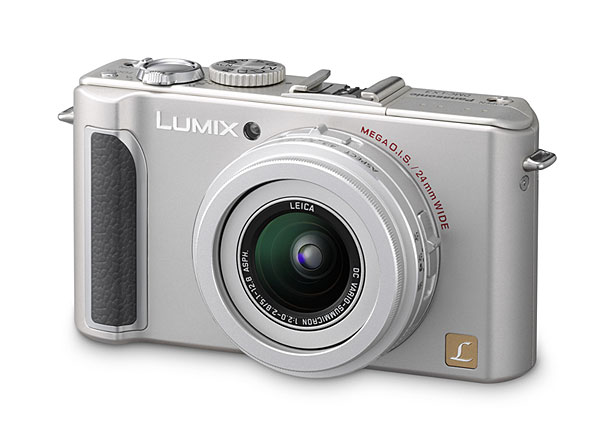
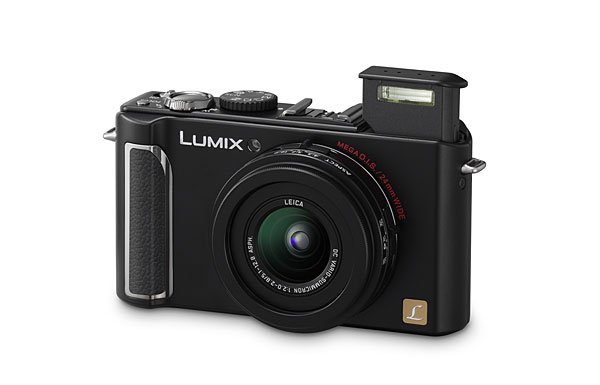


Panasonic is having a product demo at the Harbour City Mall in Hong Kong with a widescreen display showing the Olympics. In addition, they have all their new cameras and HD camcorders on display for users to poke and prode. I headed straight for the LX3 as did everyone else. I was surprised at the small size compared to the reviews I’ve read online about the capabilities. The menu’s are options are extensive and will take some time for users to get accustomed to, but ther possibilities are great. I did not take time to note if the camera offers some sort of “hotkey” programming to go quickly to favorite configurations.
The zoom was quick and the facial recognition works great, even at max digital zoom. There were no displays to show the quality of pictures taken, so I can’t comment on the image quality. The speed of the camera was impressive and did not lag in any menu scrolling or during shot taking.
The construction of the camera appeared and felt very solid. Some camera’s have a very cheap and fragile feel to them, but the LX3 did not give me that feeling. This is a camera that I feel would provide great DSLR quality in a much smaller package and allow me to take it anywhere. I hope someone makes an underwater housing for it because it would be great to take diving. The RAW format capability is really what I want and having this and the more powerful CCD seals the deal for me, not to mention having the fast Leica lens and ability to record video in 720p HD.
One thing I didn’t like was the one hand grip. Not much surface area there, especially if you have big hands. It’s definitely more on the two hand side.
So, hopefully this is the beginning of great model that will get better over time. It seems Panasonic and Leica are starting out in the right direction and giving DSLR users a lightweight and compact producer.
Thanks for the LX3 report! Had you had a chance to use the previous model, the LX2? I’ve used both the LX2 (my LX2 review) and the Leica D-Lux 3 (Leica D-Lux 3 pro review). Both performed pretty well. It’s the image quality that I really want to know about – as I’m sure you do too. You might also want to take a look at our article on the LX3 and high-performance compact digital cameras. We here at PhotographyREVIEW.com are very interested in the LX3 and other cameras like it: Panasonic Lumix LX3 – Power In Your Pocket
Those of u who r interested to see the differences between Panasonic LX3 n Leica D-Lux4, u can see the comparison pics I’ve posted up at ianho.blogspot.com.
I also posted up instructions on how to modify an auto lens cap for LX3/DLux4.
Sry for the typo. Here’s the link- http://ianho.blogspot.com/
Do you guys know if the video output works while recording videos at 720p? I heard somewhere that it works in all modes except while recording in 720p…
I need to have a video signal while recording in 720p because I use the camera remotely and I need the video signal to see what’s recording.
Thanks